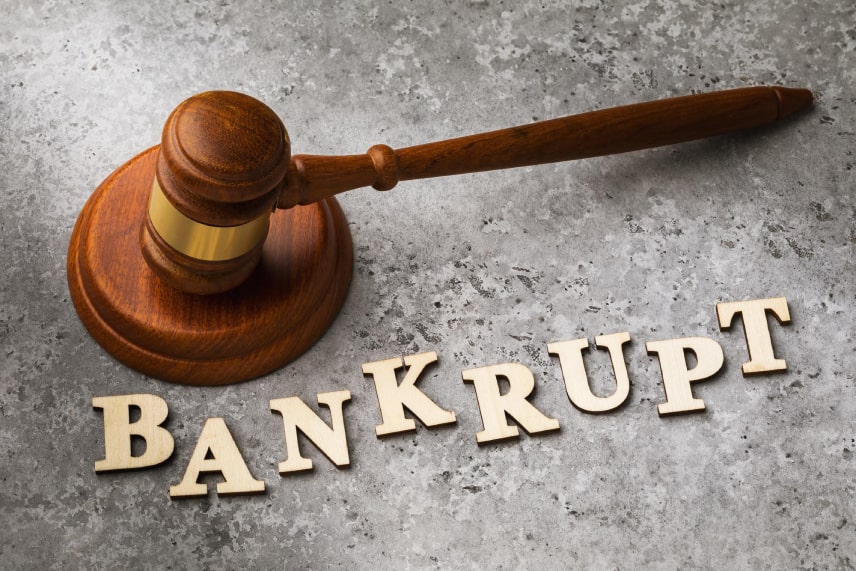Candour Legal – Best Lawyers in Ahmedabad | Law firm in Ahmedabad
Insolvency and Bankruptcy

The Insolvency and Bankruptcy Code, 2016 (IBC) is the bankruptcy law of India which seeks to consolidate the existing framework by creating a single law for insolvency and bankruptcy. The Insolvency and Bankruptcy Code, 2015 was introduced in Lok Sabha in December 2015. It was passed by Lok Sabha on 5 May 2016. The Code received the assent of the President of India on 28 May 2016. Certain provisions of the Act has come into force from 5 August and 19 August 2016.
The Code seeks to repeal the Presidency Towns Insolvency Act, 19 Act, 1909 and Sick Industrial Companies (Special Provisions) Repeal Act, 2003, among others.
The Code outlines separate insolvency resolution processes for individuals, companies and partnership firms.The process may be initiated by either the debtor or the creditors. A maximum time limit, for completion of the insolvency resolution process,has been set for corporates and individuals. For companies, the process will have to be completed in 180 days, which may be extended by 90 days, if a majority of the creditors agree. For start ups (other than partnership firms), small companies and other companies (with asset less than Rs. 1 crore), resolution process would be completed within 90 days of initiation of request which may be extended by 45 days.
The Code establishes the Insolvency and Bankruptcy Board of India, to oversee the insolvency proceedings in the country and regulate the entities registered under it. The Board will have 10 members, including representatives from the Ministries of Finance and Law, and the Reserve Bank of India.
The Code proposes two separate tribunals to oversee the process of insolvency resolution, for individuals and companies: (i) the National Company Law Tribunal for Companies and Limited Liability Partnership firms; and (ii) the Debt Recovery Tribunal for individuals and partnerships.




